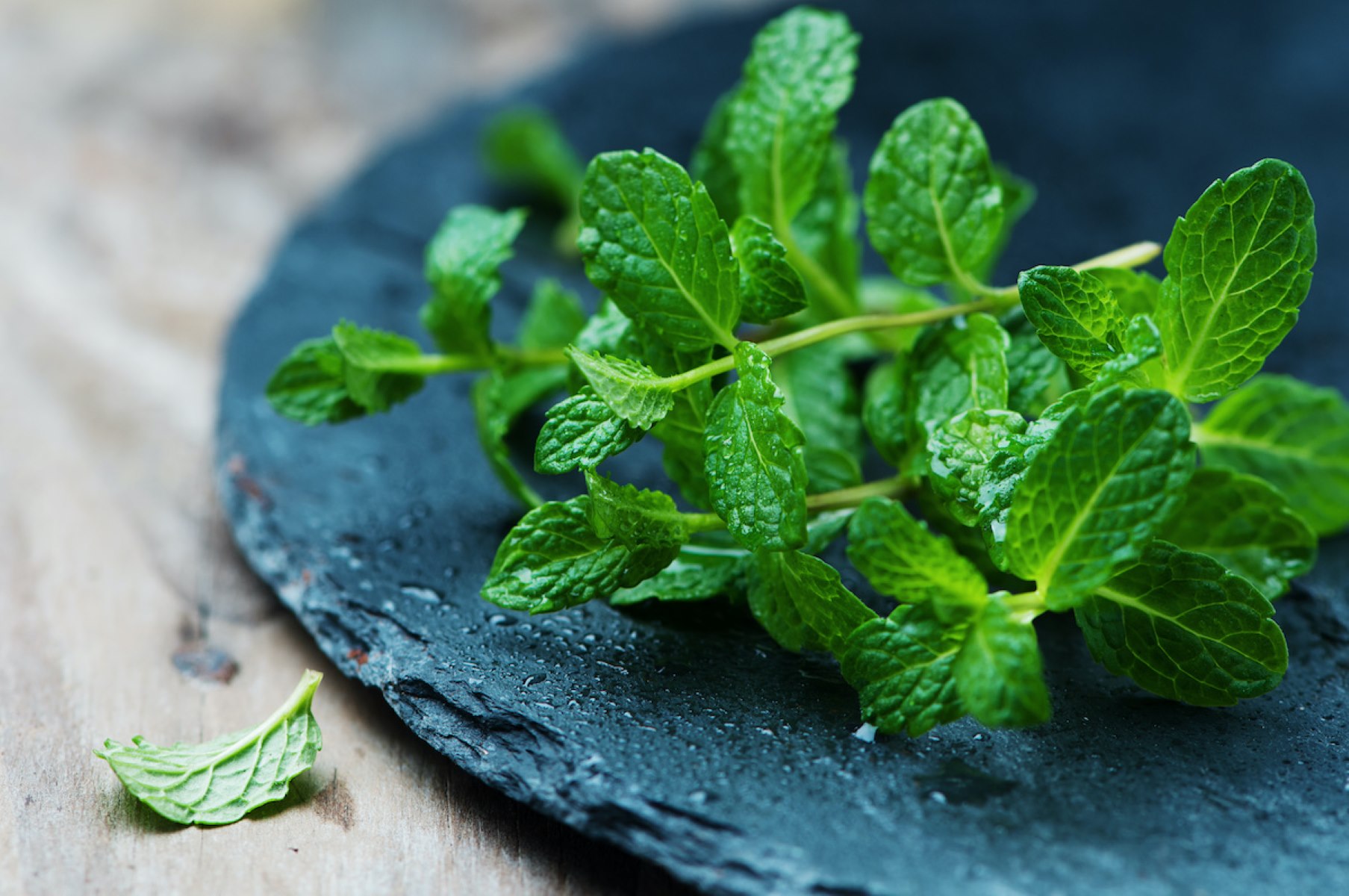

Articles
How To Store Fresh Mint Leaves
Modified: February 23, 2024
Learn the best methods to store fresh mint leaves in this informative article. Keep your mint leaves fresh and flavorful for longer with these helpful tips.
(Many of the links in this article redirect to a specific reviewed product. Your purchase of these products through affiliate links helps to generate commission for Storables.com, at no extra cost. Learn more)
Introduction
Welcome to our guide on how to store fresh mint leaves! If you’re a fan of mint and love to incorporate its refreshing flavor into your dishes and beverages, you’ll know just how delightful it is to have a stash of fresh mint leaves on hand. However, mint leaves can wilt and lose their vibrant flavor quite quickly if not stored properly.
In this article, we will explore the different methods for storing fresh mint leaves to ensure that they stay fresh and flavorful for as long as possible. Whether you’ve grown your own mint or bought a bunch from the store, these storage techniques will help you extend the shelf life of your mint leaves, allowing you to enjoy that wonderful minty freshness whenever you need it.
Mint leaves are not only delicious but also offer a host of health benefits. They are known for their soothing properties and can aid in digestion, freshen breath, and provide a cooling sensation when ingested or applied topically. With so many wonderful uses for mint leaves, it’s worth knowing how to store them properly so that you never run out.
Before we dive into the various storage methods, let’s take a look at how to choose and harvest mint leaves to ensure optimal freshness.
Key Takeaways:
- Extend the shelf life of fresh mint leaves by storing them in the refrigerator, freezing them, or drying them. Enjoy the vibrant taste and aroma of mint in your culinary creations year-round.
- Properly storing mint leaves ensures access to this versatile herb at any time, allowing you to enjoy its refreshing flavor and health benefits in drinks, recipes, and more.
Read more: How To Store Fresh Mint Leaves In Freezer
Why Store Fresh Mint Leaves?
You may be wondering why it’s necessary to store fresh mint leaves if they’re so easily accessible. Well, there are several reasons why storing mint leaves can be beneficial.
Firstly, fresh mint leaves have a limited shelf life. Once harvested, they begin to wilt and lose their flavor over time. By storing the leaves properly, you can extend their freshness and enjoy their full flavor for a longer period.
Secondly, having a stash of stored mint leaves allows you to have access to this versatile herb at any time. You can add fresh mint to your drinks, use it in cooking, or even infuse it into oils and vinegars. Having a supply of mint leaves readily available ensures that you can incorporate this delightful herb into your meals and beverages whenever the mood strikes.
Additionally, storing mint leaves can be a cost-effective solution. If you grow your own mint or buy it in larger quantities, storing the excess leaves can help prevent wastage and save you money in the long run.
Lastly, mint leaves can be scarce or less flavorful during certain seasons. By storing fresh mint leaves when they are abundant and at their peak flavor, you can enjoy their freshness even when they are not readily available.
Now that we understand the importance of storing fresh mint leaves, let’s dive into the next section and learn how to choose and harvest the best mint leaves for storage.
Choosing and Harvesting Mint Leaves
When it comes to choosing and harvesting mint leaves for storage, there are a few key factors to keep in mind. These factors will ensure that you select the freshest and most flavorful leaves for optimal storage results.
Firstly, select mint leaves that are vibrant green in color and free from any discoloration or signs of wilting. The leaves should have a slightly fuzzy texture and a strong, pleasant aroma. Avoid leaves that look yellowed, wilted, or have dry edges, as they may not store well.
It’s also important to note that different mint varieties offer slightly different flavors. The most common varieties include spearmint (with a sweet, mild flavor), peppermint (with a strong, cooling flavor), and chocolate mint (with a hint of chocolate aroma). Choose the variety that suits your taste preferences and culinary needs.
When it comes to harvesting mint leaves, it’s best to pluck them in the morning when the essential oils in the leaves are at their peak. Gently pinch the stem just above a set of leaves and remove the top portion of the plant. This will encourage bushier growth and ensure a steady supply of fresh leaves.
It’s worth noting that mint is a fast-growing herb, and regular harvesting will help keep the plant healthy and vigorous. However, avoid harvesting more leaves than you need at one time to ensure that you have fresh leaves available when required.
Now that we’ve covered the essentials of choosing and harvesting mint leaves, let’s move on to the next section and learn how to prepare the leaves for storage.
Preparing Mint Leaves for Storage
Before you can store fresh mint leaves, it’s important to properly prepare them. Preparing the leaves ensures that they are clean, free from any debris, and in the best condition for storage.
To begin, gently separate the mint leaves from the stems. Discard any damaged or discolored leaves as they can affect the overall quality of the stored mint leaves. Rinse the leaves under cold water to remove any dirt or residue, and gently pat them dry with a clean kitchen towel or paper towels.
Once the leaves are clean and dry, it’s important to consider the storage method you plan to use. There are three main methods for storing mint leaves: in the refrigerator, freezer, or by drying.
If you choose to store mint leaves in the refrigerator, transfer them to a sealable plastic bag or an airtight container. Make sure to squeeze out as much air as possible before sealing to prevent moisture buildup. This method is suitable for short-term storage and can keep the mint leaves fresh for up to a week.
If you prefer to freeze mint leaves for longer-term storage, place them in a single layer on a baking sheet lined with parchment paper. Once frozen, transfer them to a freezer bag or container. Freezing the leaves individually first prevents them from clumping together, allowing you to easily remove the desired amount when needed. Frozen mint leaves can retain their flavor for several months.
Another option for storing mint leaves is drying them. Hang the mint sprigs upside down in a cool, well-ventilated area for about one to two weeks, or until the leaves are completely brittle. Once dried, gently remove the leaves from the stems and store them in an airtight container in a dark, cool place. Dried mint leaves can last for up to a year if stored properly.
Now that you know how to prepare mint leaves for storage, let’s explore each storage method in more detail and learn the step-by-step process for each.
Method 1: Storing Mint Leaves in a Refrigerator
Storing fresh mint leaves in the refrigerator is a simple and effective way to keep them fresh for a short period. Follow these steps to store mint leaves in your refrigerator:
- Prepare the mint leaves by separating them from the stems, rinsing them under cold water, and patting them dry.
- Take a sealable plastic bag or an airtight container and place the mint leaves inside.
- Squeeze out as much air as possible from the bag or container before sealing it. This will help prevent moisture buildup that can cause the leaves to wilt quickly.
- Label the bag or container with the date of storage to keep track of freshness.
- Store the bag or container in the refrigerator’s crisper drawer or a cool spot where the temperature is around 32-40°F (0-4°C).
- Check the mint leaves periodically and remove any wilted or discolored leaves to maintain freshness.
- Stored properly, fresh mint leaves can stay fresh in the refrigerator for up to a week.
Remember, the flavor of mint leaves may diminish over time, so it’s best to use them as soon as possible for the most vibrant taste.
Now that you know how to store mint leaves in the refrigerator, let’s move on to the next storage method: freezing mint leaves.
To store fresh mint leaves, place them in a glass of water, cover with a plastic bag, and store in the refrigerator. Change the water every few days to keep the mint fresh.
Read more: How To Store Mint Leaves
Method 2: Freezing Mint Leaves
Freezing mint leaves is a great option if you want to extend their shelf life for a longer period. Follow these steps to freeze fresh mint leaves:
- Prepare the mint leaves by separating them from the stems, rinsing them under cold water, and patting them dry.
- Lay the mint leaves in a single layer on a baking sheet lined with parchment paper. Make sure the leaves are not touching each other.
- Place the baking sheet in the freezer and allow the mint leaves to freeze for a few hours or until completely frozen.
- Once the leaves are frozen, transfer them to a freezer-safe bag or container. Squeezing out as much air as possible will help prevent freezer burn.
- Label the bag or container with the date of freezing for easy reference in the future.
- Return the bag or container to the freezer and store it at a temperature around 0°F (-18°C) or below.
- To use the frozen mint leaves, simply remove the desired amount from the bag or container and return the rest to the freezer as quickly as possible.
- Frozen mint leaves can retain their flavor for several months, allowing you to enjoy the taste of freshly picked mint all year round.
When using frozen mint leaves, keep in mind that they may lose some of their crispness and texture after freezing, so they are best used in cooked dishes, smoothies, or recipes where the texture is less important.
Now that you know how to freeze mint leaves, let’s explore the last storage method: drying mint leaves.
Method 3: Drying Mint Leaves
Drying mint leaves is a traditional method of preserving them for long-term storage. Follow these steps to dry fresh mint leaves:
- Harvest the mint sprigs by cutting them from the plant, preferably in the morning when the essential oils are at their peak.
- Gently shake off any excess dirt or debris and discard any damaged or discolored leaves.
- Tie the mint sprigs together in small bundles with string or use a rubber band to secure them at the base.
- Hang the bundles upside down in a cool, well-ventilated area away from direct sunlight. Make sure there is enough space between the bundles for air circulation.
- Allow the mint sprigs to dry for about one to two weeks, or until the leaves become dry and crumbly to the touch.
- Gently remove the dried leaves from the stems, discarding any stems or debris.
- Store the dried mint leaves in an airtight container, such as a glass jar or airtight plastic bag, in a cool, dark place away from moisture and sunlight.
- Label the container with the date of drying to keep track of the freshness.
- Dried mint leaves can retain their flavor for up to a year when stored properly.
When using dried mint leaves, crumble or grind them before adding them to your recipes to release their full flavor. Dried mint is especially popular in teas, spice blends, and baked goods.
Now that you know how to dry mint leaves, we will move on to the next section, where we will provide some additional tips for properly storing mint leaves.
Tips for Properly Storing Mint Leaves
Here are some additional tips to ensure that your mint leaves stay fresh and flavorful during storage:
- Only store clean and dry mint leaves. Washing and drying them before storage helps remove any dirt or residue that can cause spoilage.
- Remove any damaged or discolored leaves before storing. Damaged leaves can affect the overall quality of the stored mint leaves.
- Avoid crushing or bruising the mint leaves excessively. This can cause them to lose their flavor more quickly.
- If storing in the refrigerator, keep mint leaves away from other strong-smelling foods to prevent the transfer of flavors.
- When using a plastic bag for storage, squeeze out as much air as possible to prevent moisture buildup.
- Label your bags or containers with the date of storage or freezing. This will help you keep track of the freshness and ensure you use the oldest leaves first.
- Store mint leaves in small portions. This allows you to easily grab what you need without exposing the entire batch to air and moisture.
- If you plan to use frozen mint leaves for garnishing or in drinks, you can chop or crush them before freezing for easier handling.
- For dried mint leaves, consider using dark-colored glass containers to protect the leaves from exposure to light, which can cause flavor degradation.
- If you grow your own mint, avoid harvesting more leaves than you need at once. This ensures that you have a fresh supply of leaves available for storage and future use.
By following these tips, you can maximize the freshness and flavor of your stored mint leaves, allowing you to enjoy their delightful taste in various dishes and drinks.
Now that you’re equipped with the knowledge of how to properly store fresh mint leaves, you’re ready to extend the shelf life of this versatile herb and incorporate its wonderful flavor into your culinary creations.
Happy storing and happy cooking!
Conclusion
Properly storing fresh mint leaves is essential to ensure their freshness and flavor for as long as possible. Whether you’ve grown your own mint or purchased a bunch from the store, following the right storage techniques will help you enjoy the wonderful taste and aroma of mint any time you desire.
In this article, we explored three different methods for storing fresh mint leaves: storing in the refrigerator, freezing, and drying. Each method offers its own benefits and allows you to extend the shelf life of mint leaves based on your preference and needs.
Storing mint leaves in the refrigerator is a simple and effective method for short-term storage, keeping them fresh for up to a week. Freezing mint leaves allows for longer-term storage, with the leaves retaining their flavor for several months. Drying mint leaves is a traditional method that allows you to store them for up to a year, perfect for enjoying their taste in teas and baked goods.
Regardless of the method you choose, there are some general tips to keep in mind. Keeping the leaves clean and dry before storage, removing any damaged or discolored leaves, and labeling your storage containers with the date are important steps to ensure freshness. Additionally, storing mint leaves in small portions and avoiding excessive crushing or bruising will help maintain their flavor.
Having a stash of stored mint leaves will allow you to enjoy the refreshing taste and numerous health benefits of mint throughout the year, regardless of the season. From adding mint to drinks and recipes to infusing oils and vinegars, the possibilities are endless when you have a readily available supply of fresh mint leaves.
So, put your knowledge into action and start storing your fresh mint leaves with confidence. Your culinary creations will be elevated by the vibrant taste and aroma that only fresh mint can bring.
Happy storing and happy cooking!
Frequently Asked Questions about How To Store Fresh Mint Leaves
Was this page helpful?
At Storables.com, we guarantee accurate and reliable information. Our content, validated by Expert Board Contributors, is crafted following stringent Editorial Policies. We're committed to providing you with well-researched, expert-backed insights for all your informational needs.
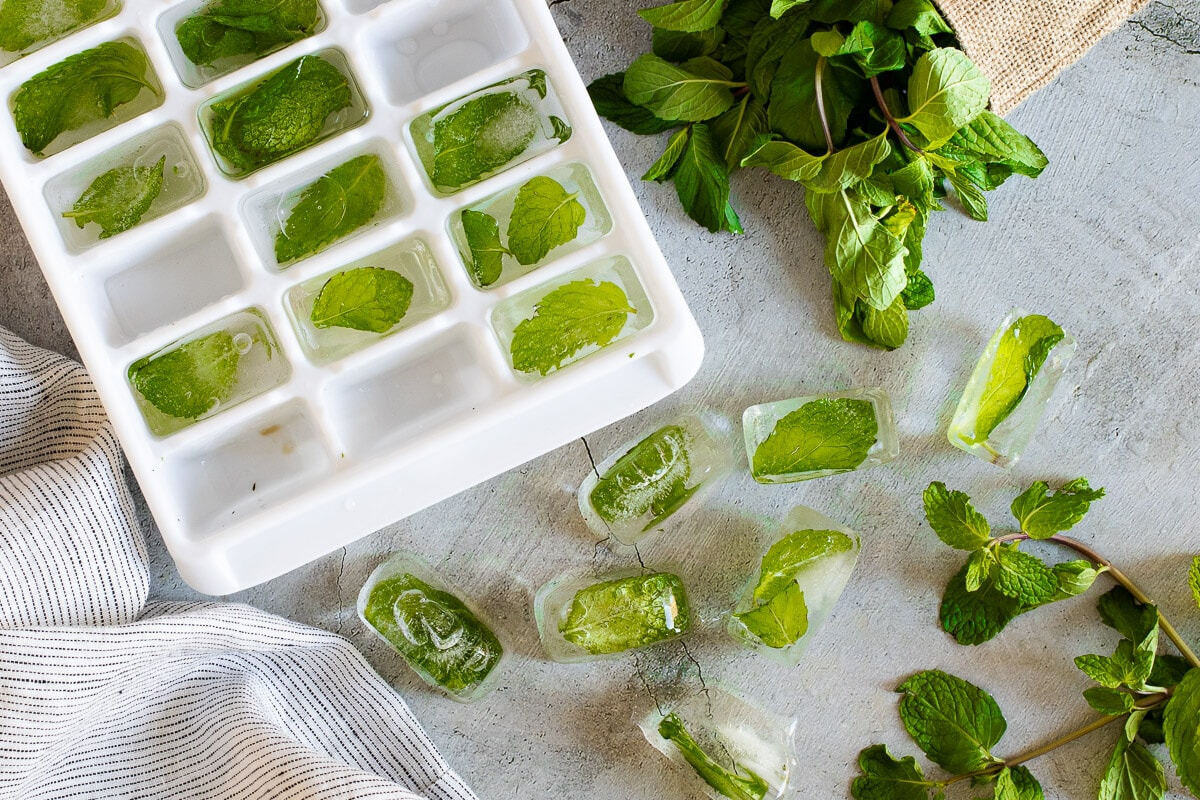
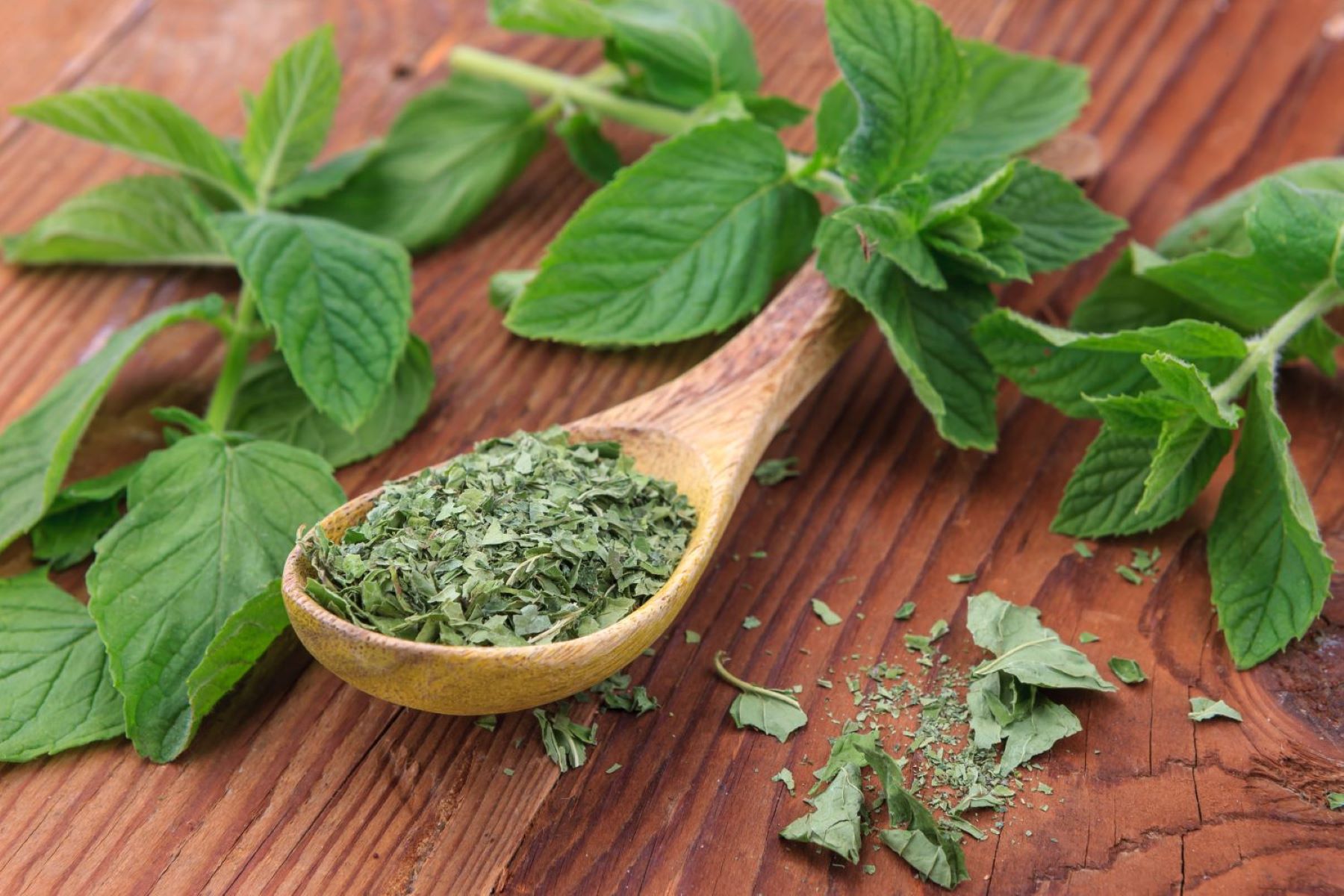
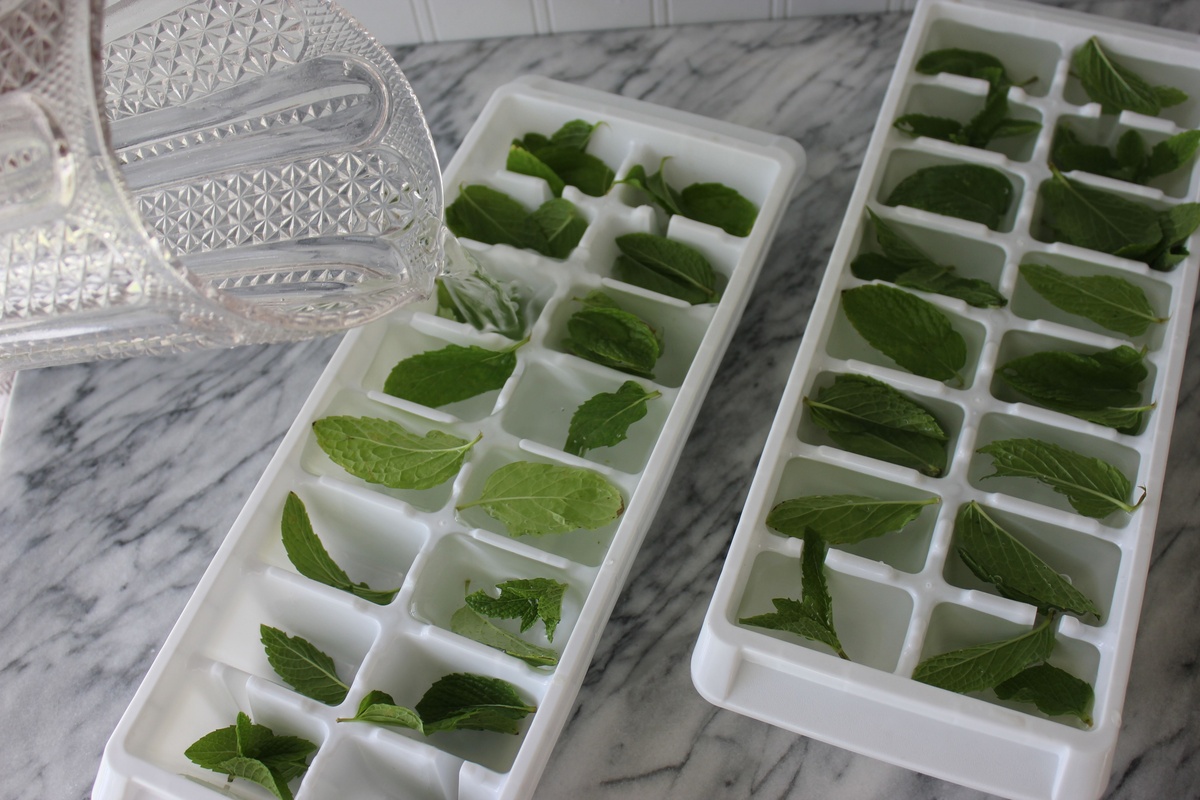
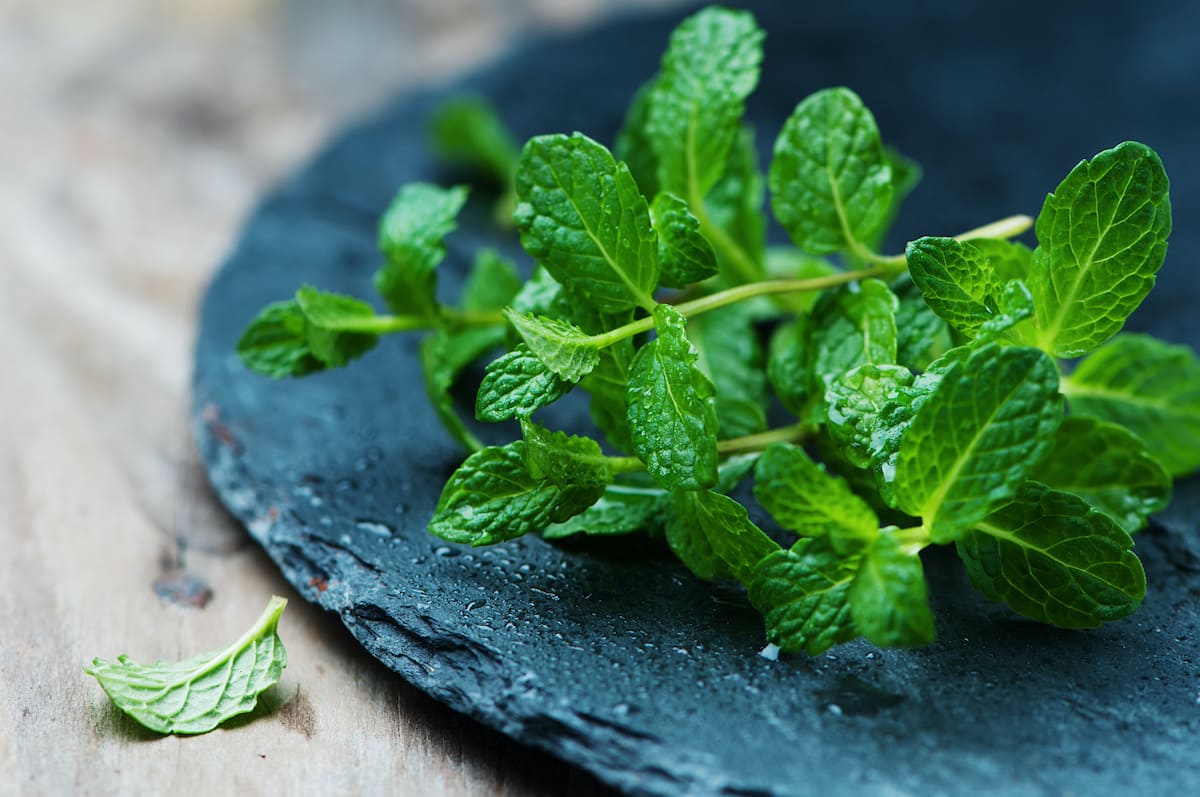
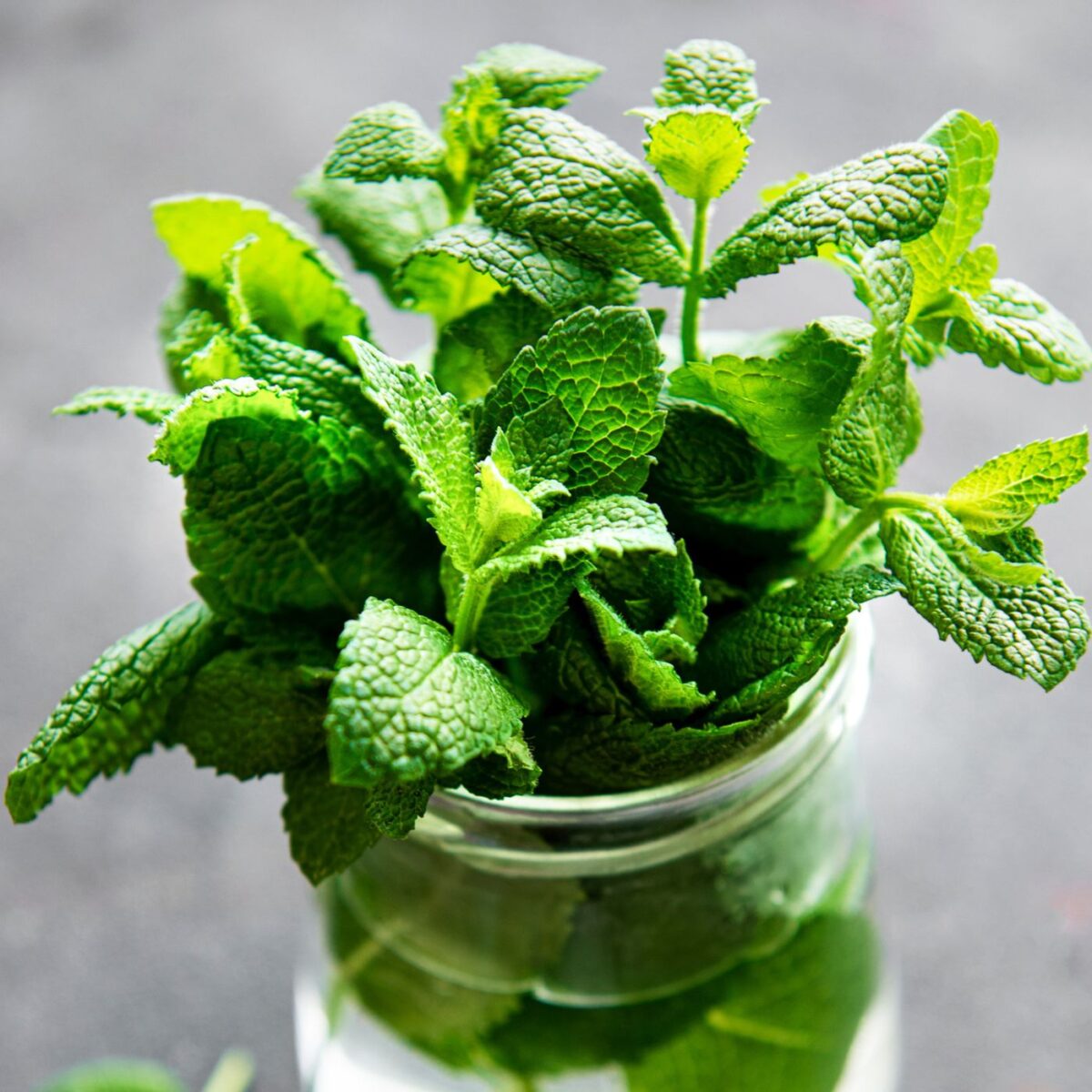
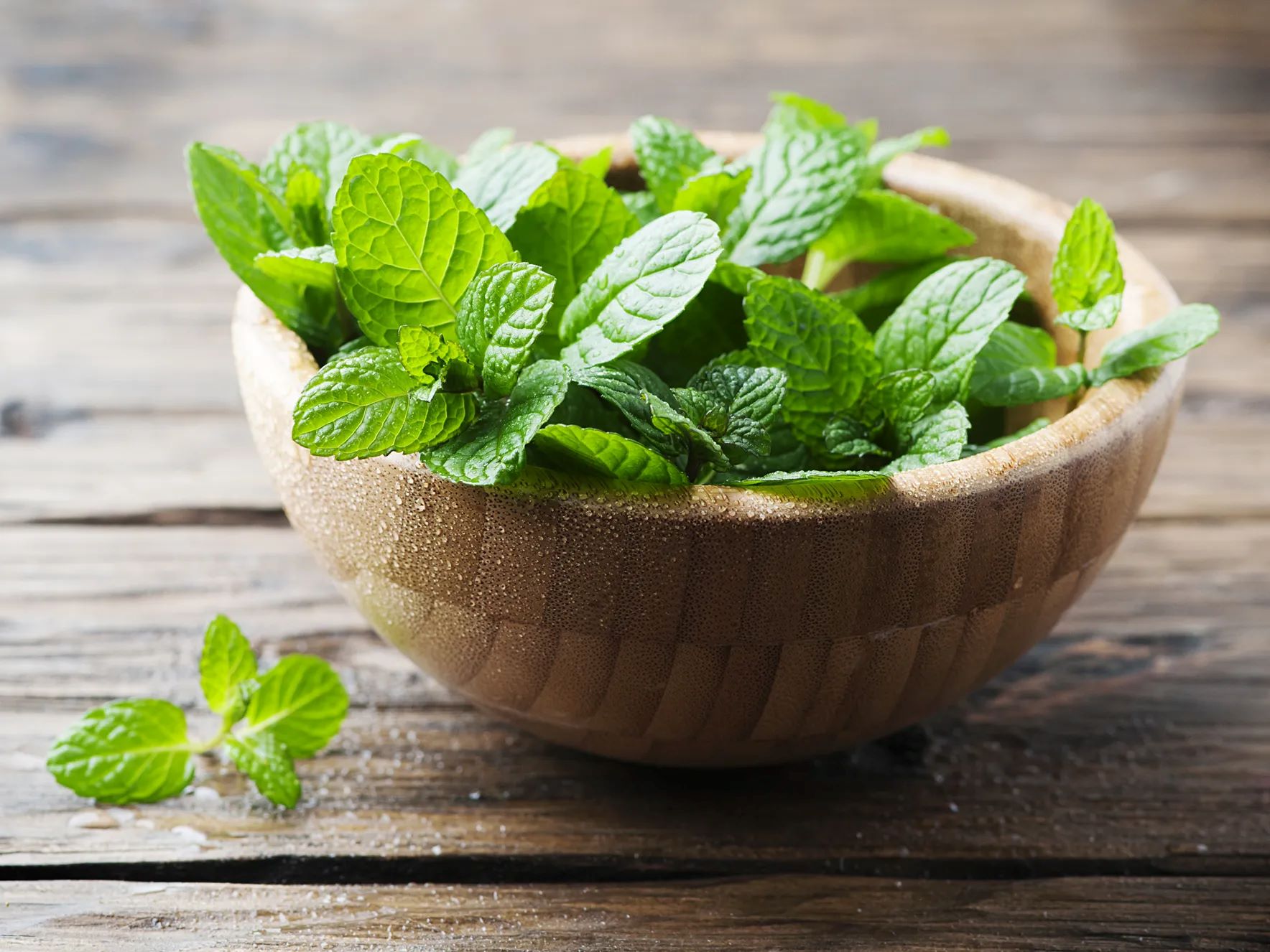
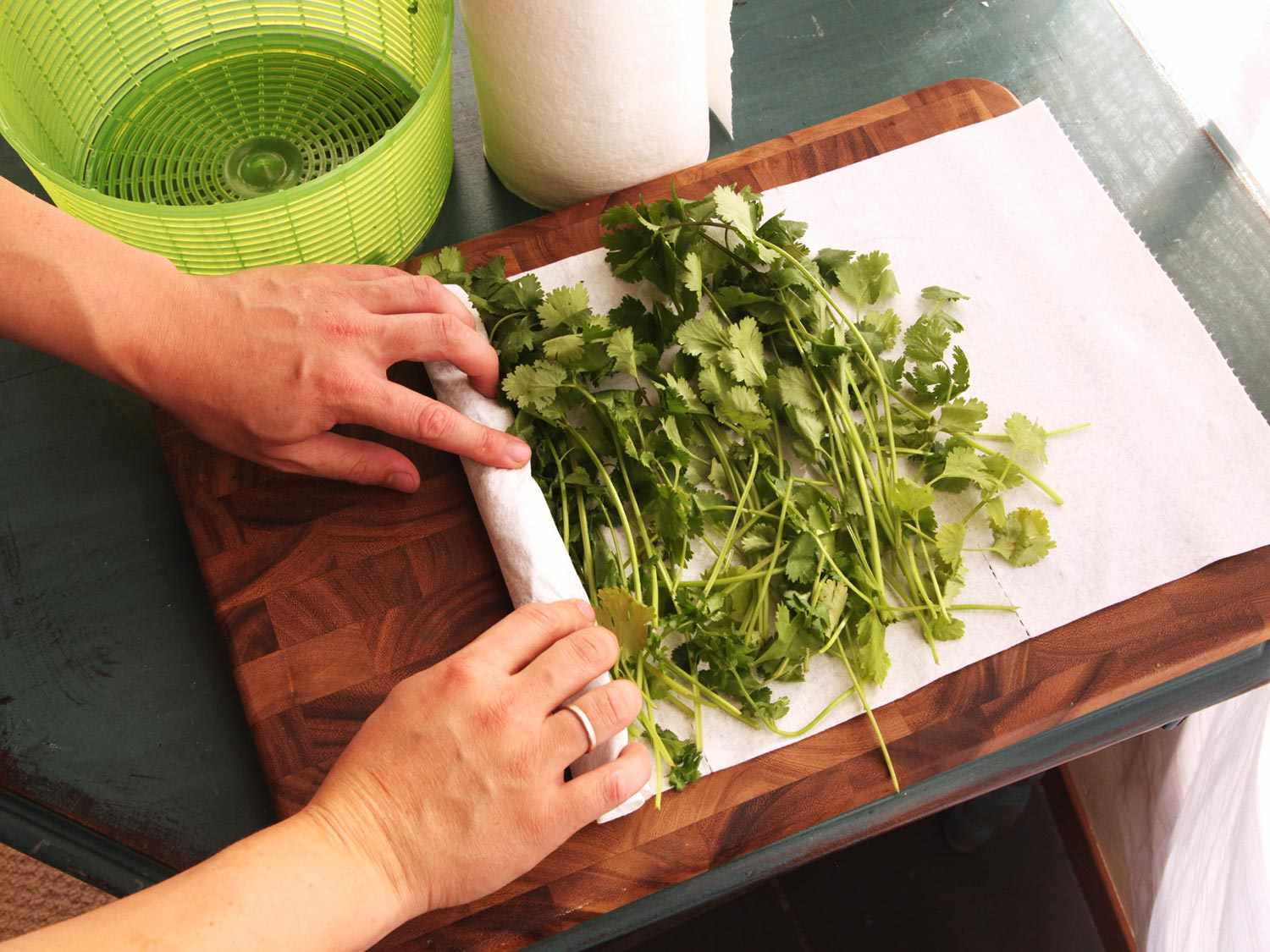
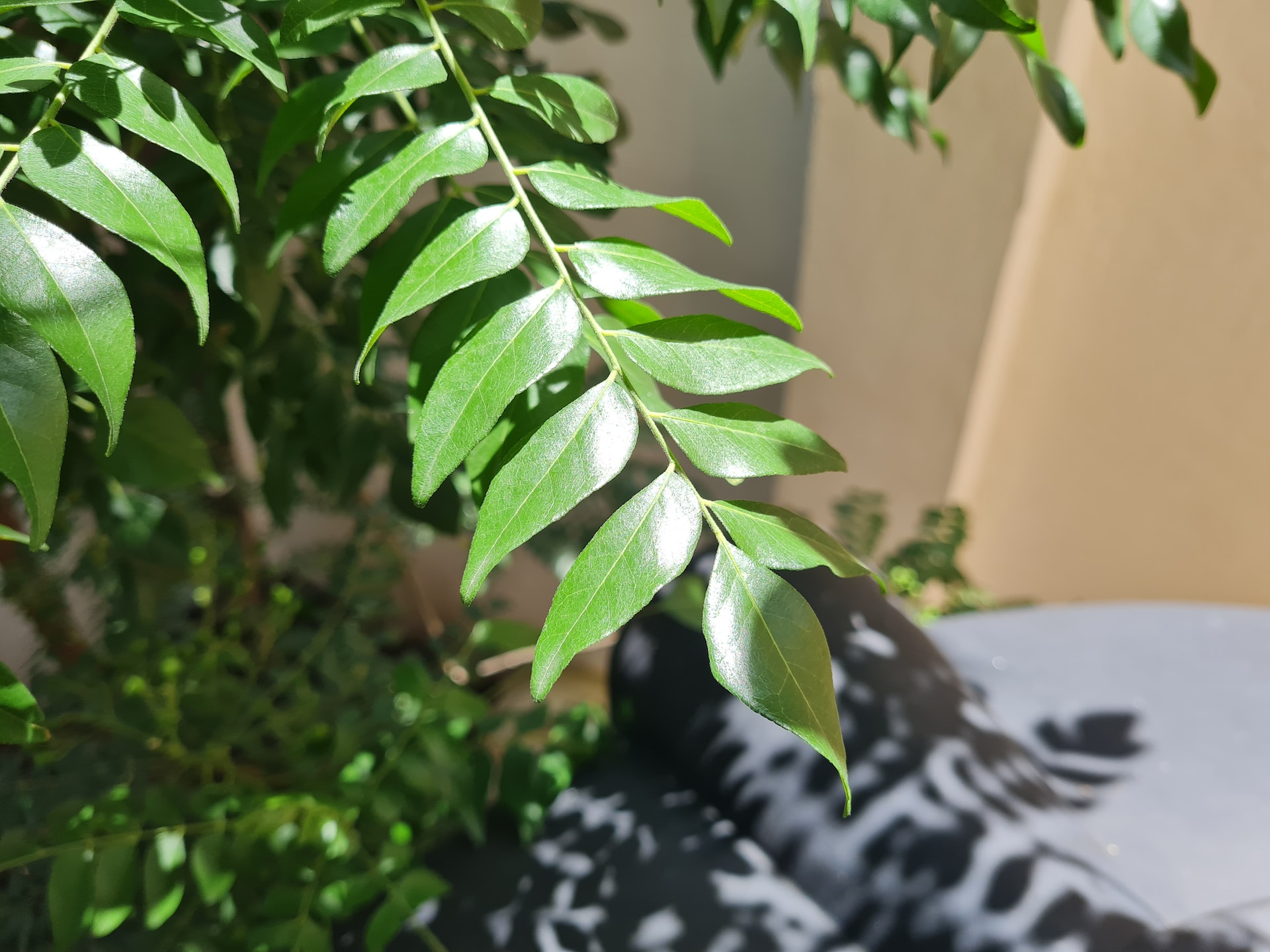
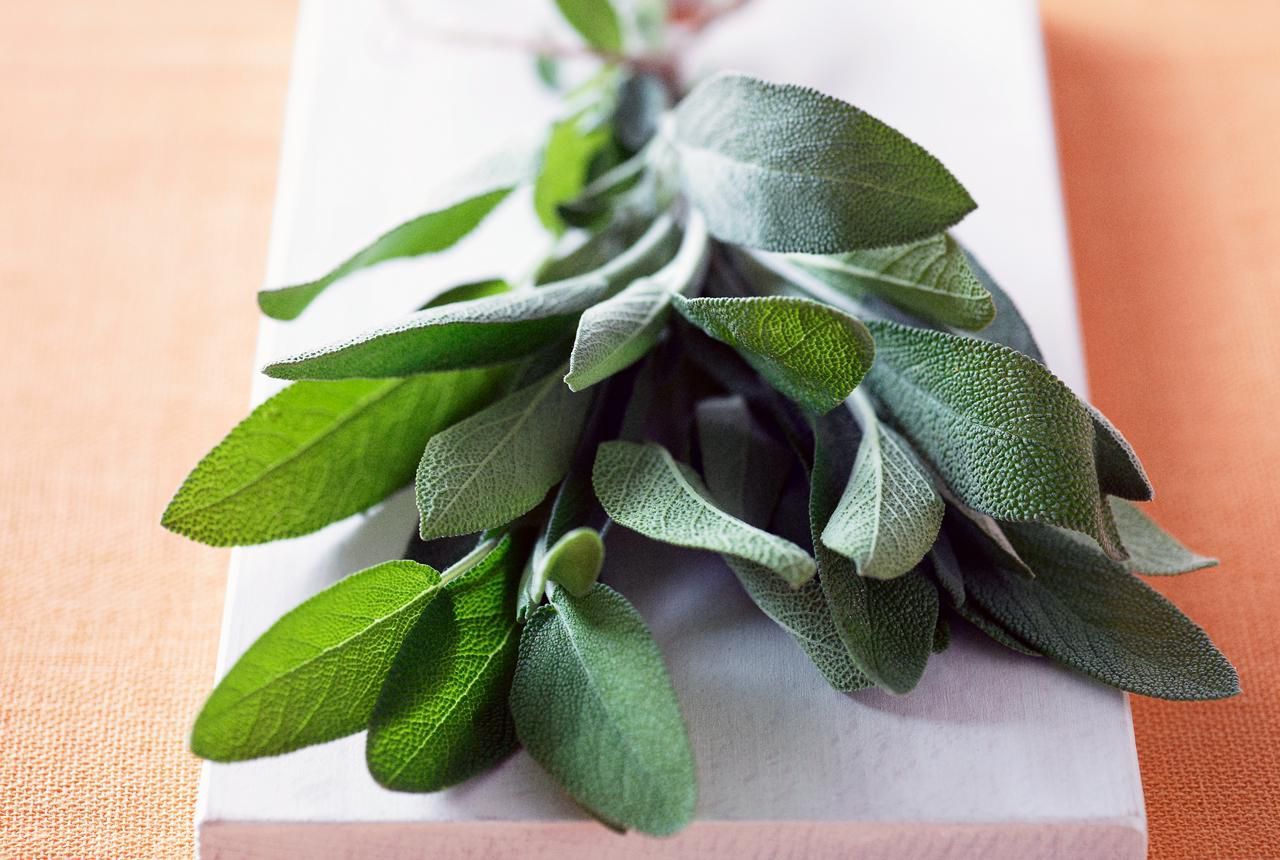
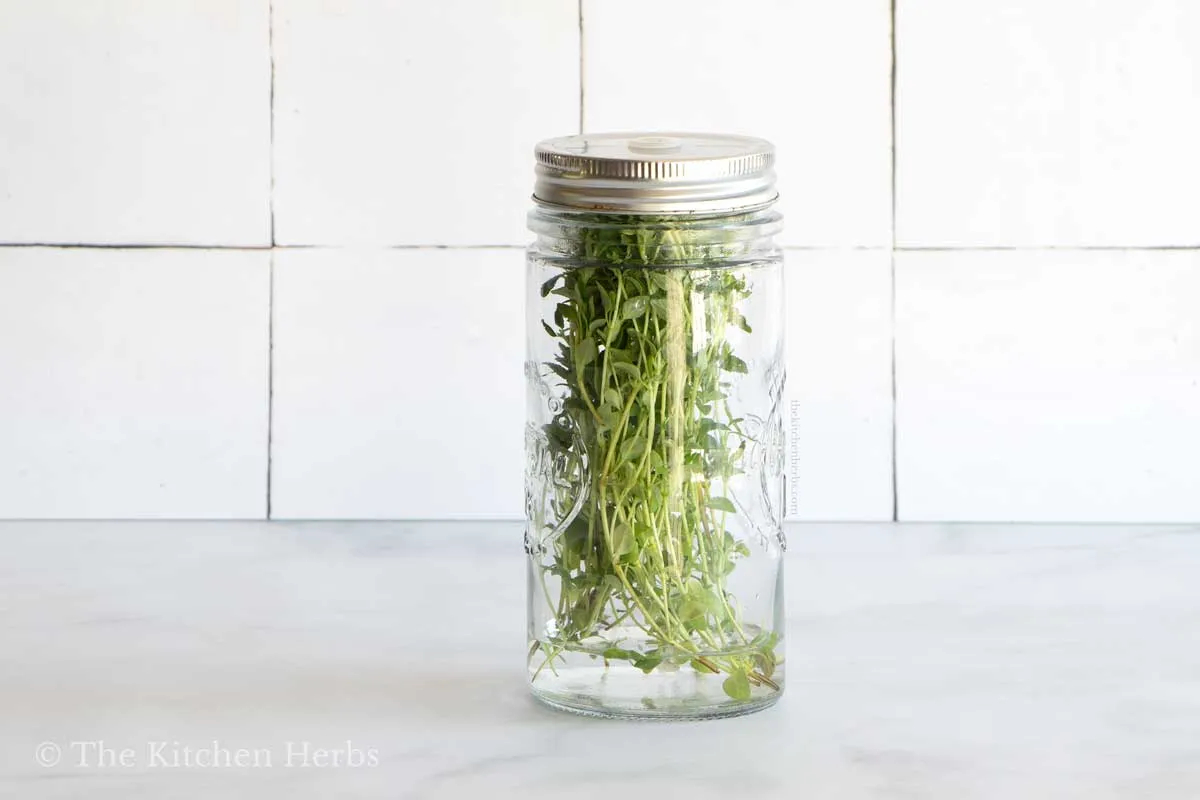
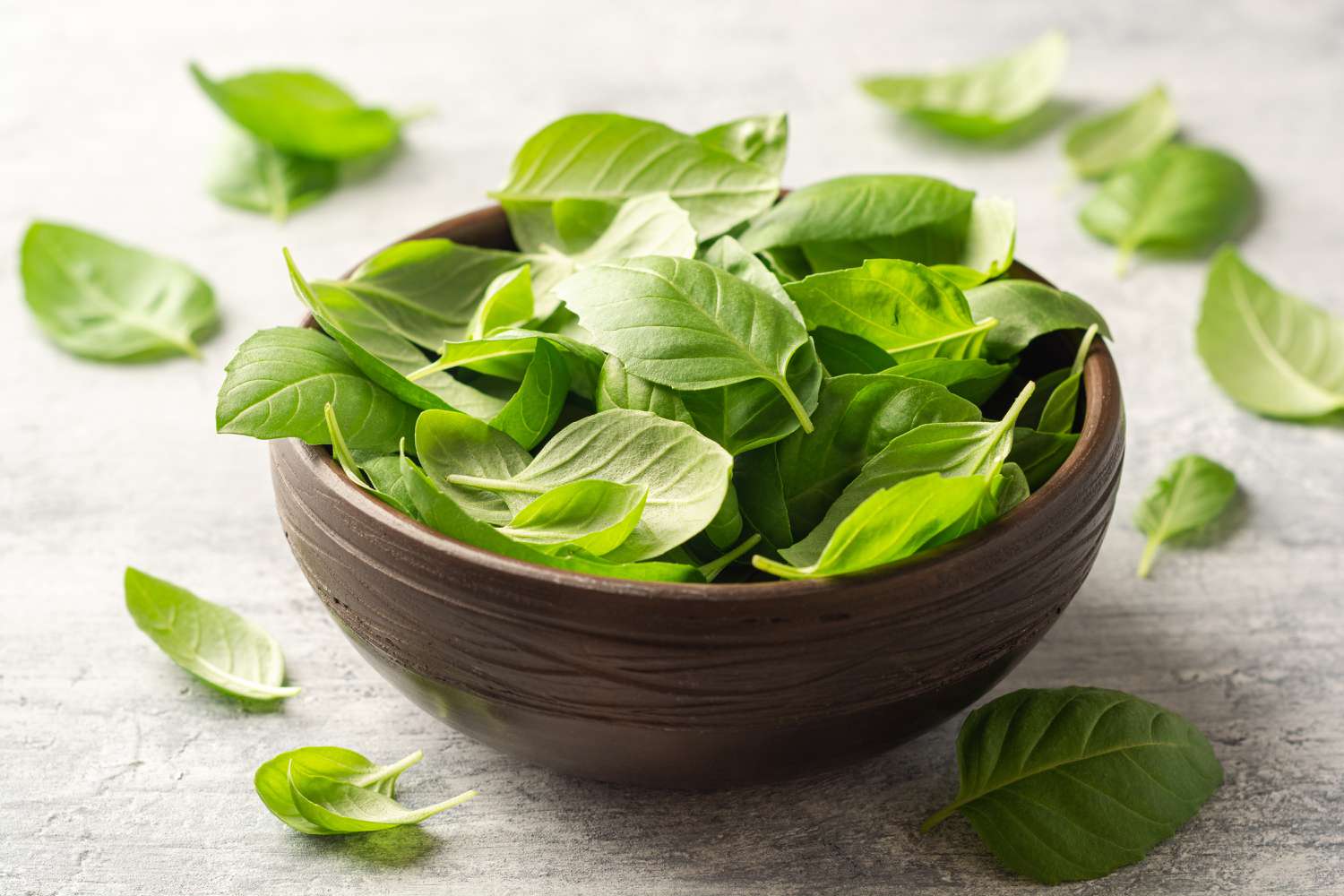
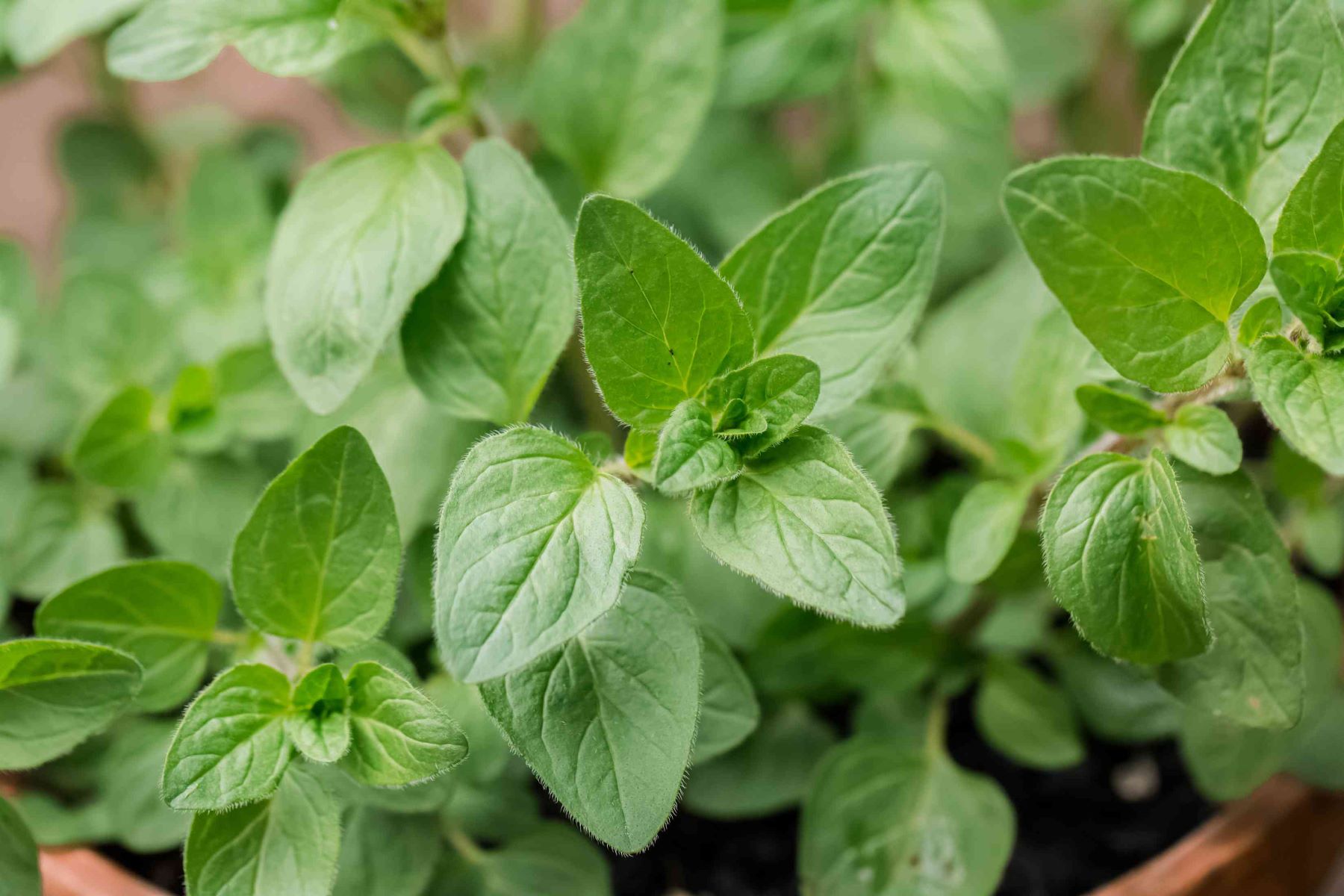
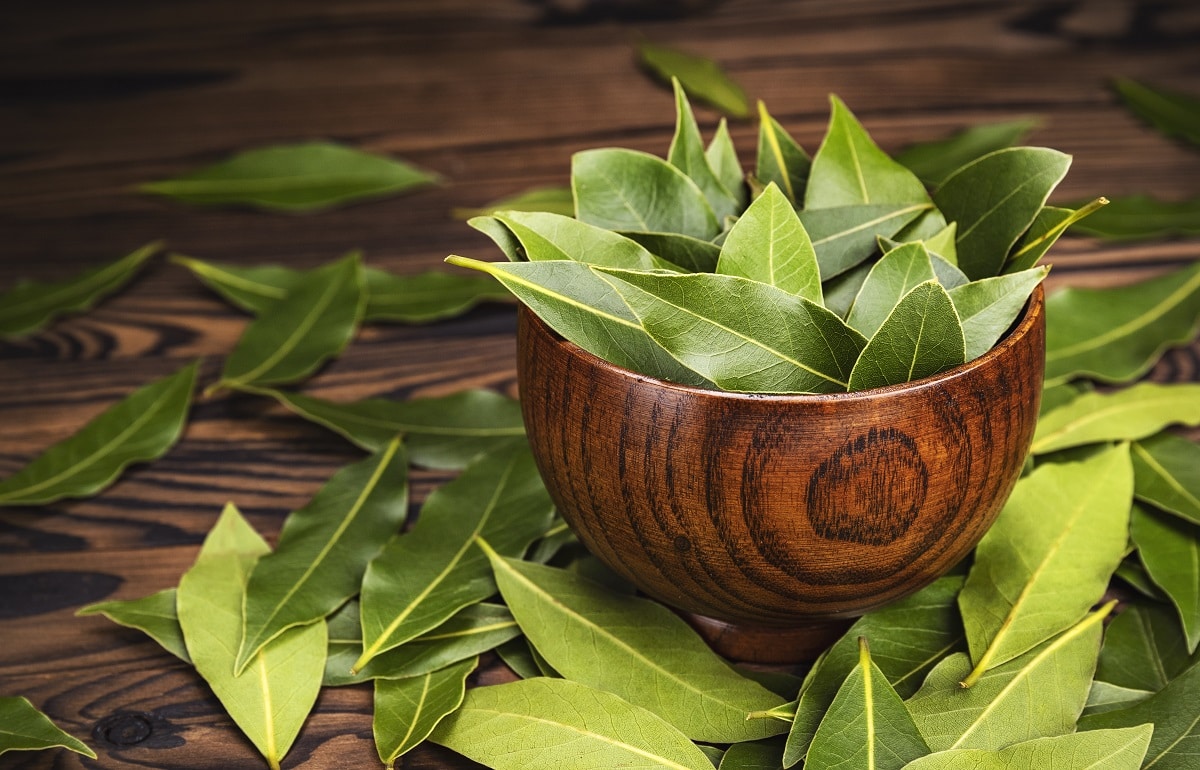
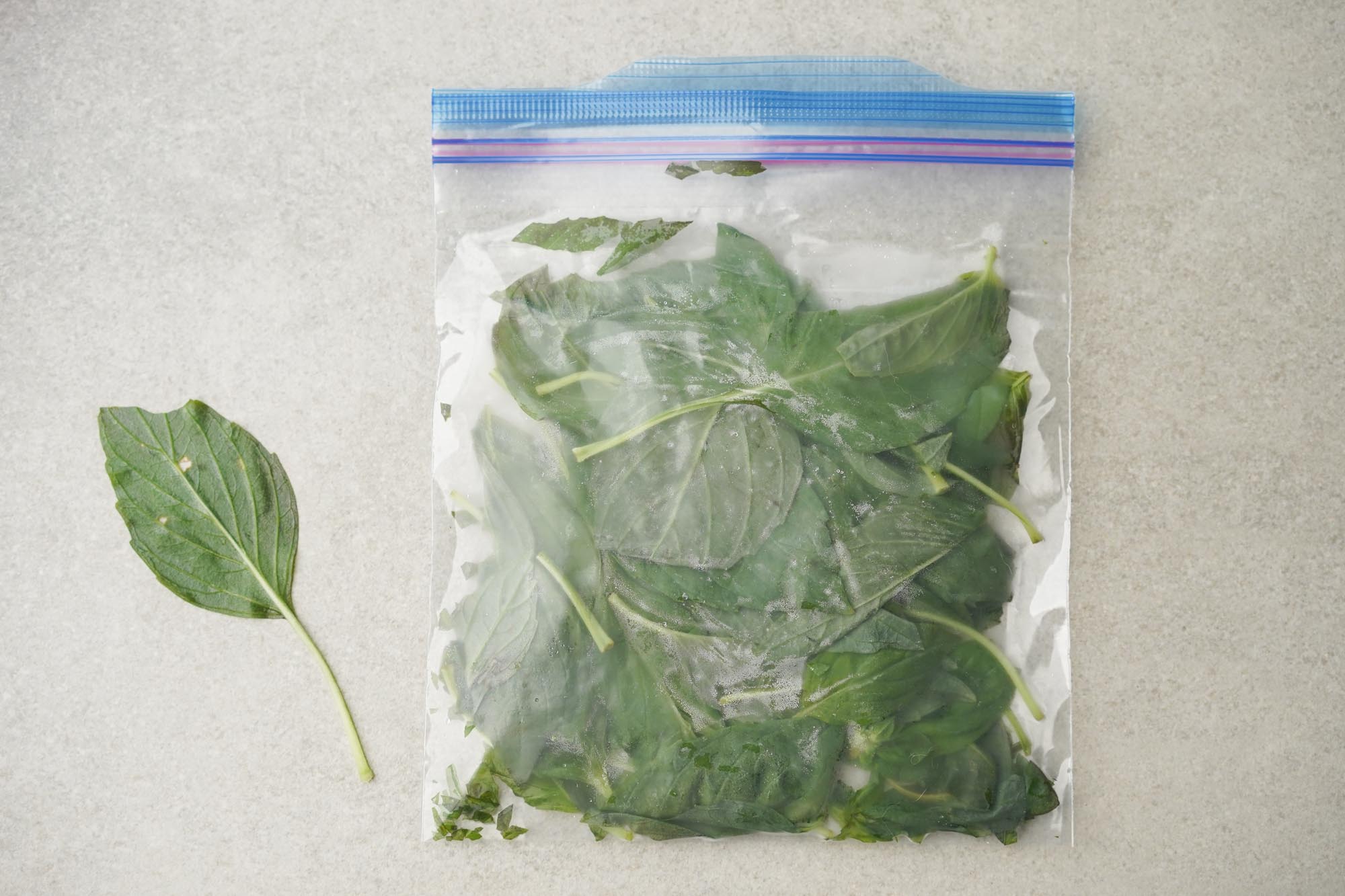

0 thoughts on “How To Store Fresh Mint Leaves”